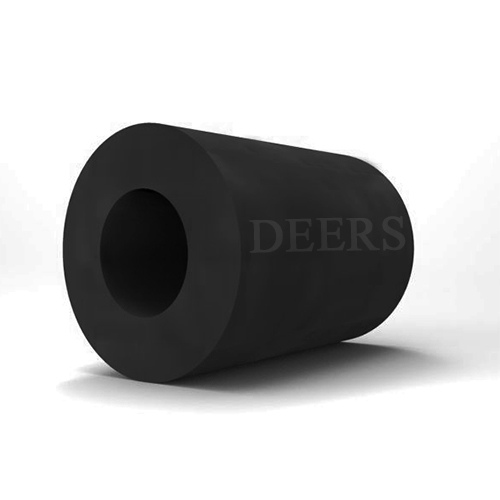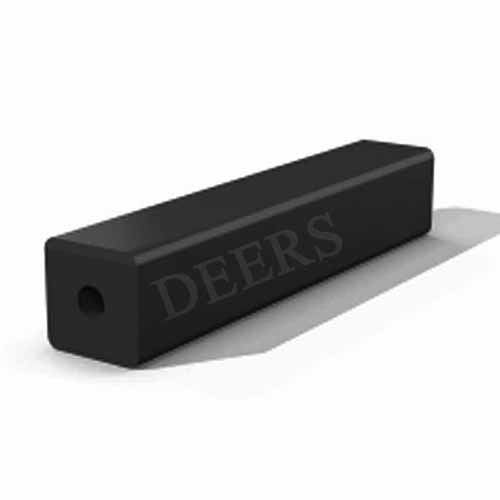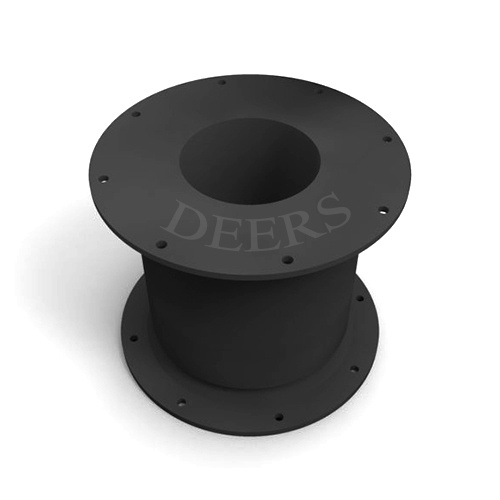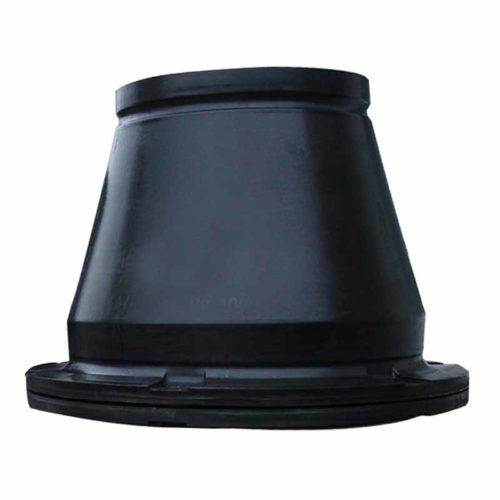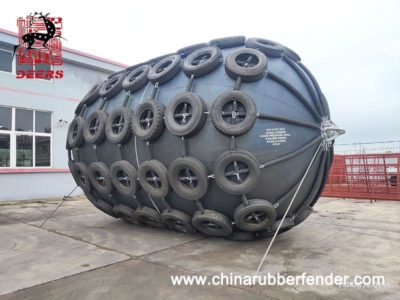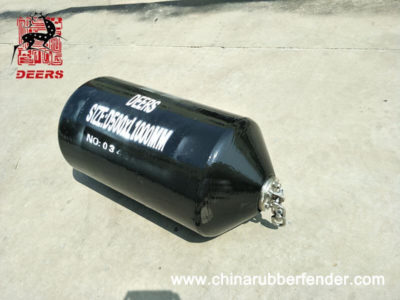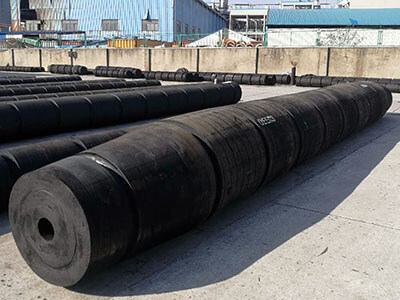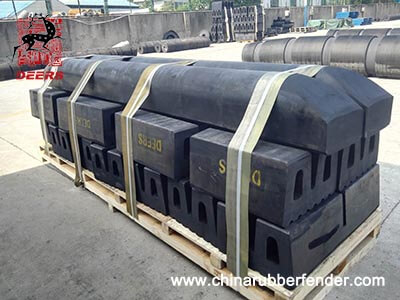Introduction of marine fender systems
Marine fender systems used to absorb energy to prevent damage to berthing facilities, berthing structures, and vessels during the vessels’ berthing. Fender systems usually include a plurality of fixing members, which are fixed against a berthing structure such as a wharf. Each of the mounts includes a first angled edge and a second angled edge.
The frame is suspended from the berthing structure, including fenders extending from the frame toward the berthing structure. Each of the fenders comprises a first arm and a second arm extending diagonally outward in different directions from a deflector. The deflector rests against the angled edges such that pressure exerted on a bumper on the outer end of the frame will cause the deflectors to move with respect to the angled edges of the mount, thus absorbing energy which otherwise would be transferred directly to the berthing structure.
Marine fender systems composition
Ship to Berth (STB) Fendering
Marine fenders are used in ports and docks on quay walls and other berthing structures. They absorb the kinetic energy of a berthing vessel and thereby preventing damage to the vessel or the berthing structure. This fender combines low reaction force and hull pressure with good angle performance and robust structure and is even suitable for the most demanding marine environment.
There are two major types of fenders used in ports: Fixed and Floating. Fixed fenders are installed on the berth structure, such as cell fender, cone fender, I type fender, cylindrical fender, etc. Floating fenders are placed between the berth structure and ship, including pneumatic fender and foam filled fender.
- cylindrical fender
- square-fender
- cell-fender
- Cone-fender
Ship to Ship (STS) Fendering
In order to carry out bunkering operations between two vessels, floating fenders such as pneumatic or foam filled fenders are typically used. High-quality foam fenders can absorb impact even in harsh environments and will not explode, no matter how severe the damage is. Damage to the foam shield is rare, but if the worst happens, it will still function until it can be repaired.
Pneumatic fenders are ideal for permanent and semi-permanent port applications and marine ship-to-ship transportation. Quality-assured fenders are fast and easy to deploy, ensuring that the hull remains large between the dock or other vessels’ gap. The risk of damage during mooring is minimized, thereby protecting personnel and cargo.
Tugboats use fenders as bumpers to move larger ships, so they are constantly pushed to the steel surface, causing the fenders to wear quickly. High wear resistance, low-density tug fender is economical and durable. They can be equipped with up to four types of fenders, such as tug cylindrical fender, W fender, M fender, D fender, each of which can meet specific application requirements.
Marine accessories
Accessories include fender panel, UHMW-PE, anchors and shackles, chains, and ladders. These accessories help us to install and fix fender well, and extend the service life of the fender.


